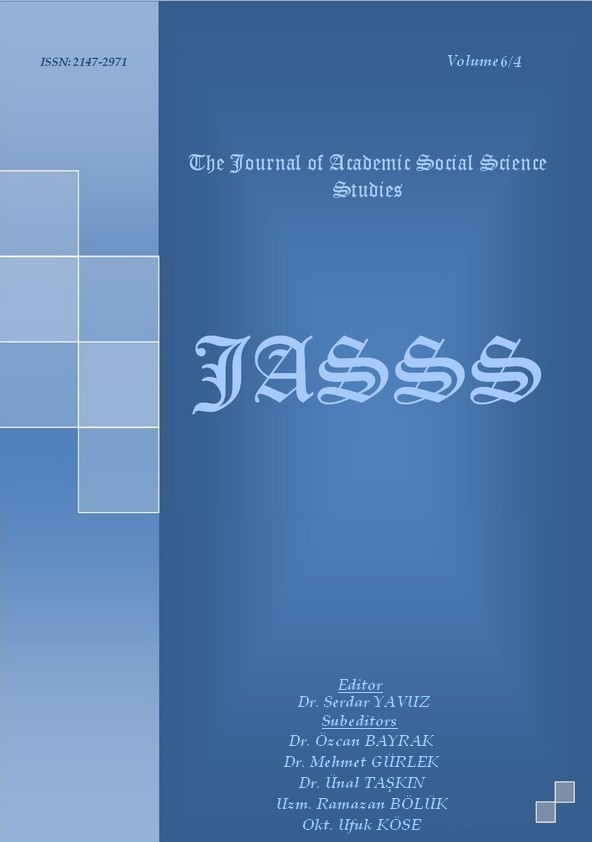Author :
Abstract
Antik dönemden beri hayat, özel ve kamusal olmak üzere iki düzlemde ele alınmıştır. Antik dönemde bu iki kavramın işaret ettiği hayat alanları arasında kesin çizgiler olmasına rağmen daha sonra hiçbir dönemde bu çizgiler korunamamıştır. Özellikle 17. yüzyıldan sonra kamusal alan kavramı, devlet ve toplum arasında konumlanan siyasal bir dolayım alanı olarak ele alınmaya başlamıştır. Bundan sonraki süreçte gelişen hukuk devleti anlayışı ve demokrasi kültürüyle birlikte, kamusal alan-din, devlet ve ekonomi ilişkileri, farklı toplumsal grupların kamusal alana giriş şartları vb. birçok konu yoğun olarak tartışılmıştır. Bu tartışmalar çerçevesinde, demokratik bir toplumda, kamusal alanın pratik ya da ideal boyutta nasıl mümkün olabileceği, ilke ve sınırlarının nasıl belirlenebileceği gibi sorunlara teorik açılım getiren belli başlı üç modelden bahsedilebilir. Bunlardan, Batılı, modern, demokratik ve refah devletlerinde kamusal alanın oluşum ve dönüşüm seyrinin incelendiği model; söylemsel kamusal alan modeli olarak ele alınmıştır. Kamusal alanın işlev ve anlam açısından ideal olarak yaşandığı antik dönemden sonra, modern dönemde kavramın yaşadığı dönüşüm ve anlam kaybının anlatıldığı H. Arendt’ın çizgisi, agonistik kamusal alan modeli olarak ele alınmıştır. Bunlara ek olarak, klasik düşünürlerini 17.yüzyılda bulduğumuz liberal düşünce geleneğinin kamusal alan kavramına yaklaşımı da ayrıca ele alınmıştır. Bununla birlikte klasik diyebileceğimiz bu modeller perspektifinden Türkiye’deki kamusal alan değerlendirilmeye çalışılmıştır. Buna göre Türkiye’deki kamusal alanın belirleyici aktörü olarak 1980’li yıllara kadar devletin, daha sonraki süreçte ise farklı kimliklere dayalı toplumsal grupların rolü tartışılmıştır.
Keywords
Abstract
Since ancient times, life has been discussed in two platforms: private and public. Altough in ancient times there were certain lines between these two areas, these lines could not be maintained for any particular period. Especially after the 17th century, the concept of public spheres has been considered an area of political mediation between the state and society. During the development of the rule of law and democracy, many topics were discussed intensively related to public spheres: religion, state, and the economy – including conditions of different social groups into the public sphere, etc. Within the framework of these debates, three major models form a theoretical initiative to questions such as how the public sphere can be possible in practical or its ideal dimensions. Of these, the course of formation and transformation of the public sphere has been considered as a model of discursive public spheres. In modern times when the public sphere’s function and meaning became idea, H. Arendt’s line mentioned the conversion of the concept and loss of meaning in the modern era – a fact which has been considered a model of the agonistic public sphere. In addition, it has been also discussed the approach of tradition of liberal thought which has been discovered as that of the classical thinkers in the 17th century. However, there has been an attempt to evaluate the public sphere in Turkey from the perspective of these so-called classic models. Accordingly, it has been discussed as a decisive factor in the Turkish public sphere until the 1980s in which the state and the role of social groups were based on different identities.
